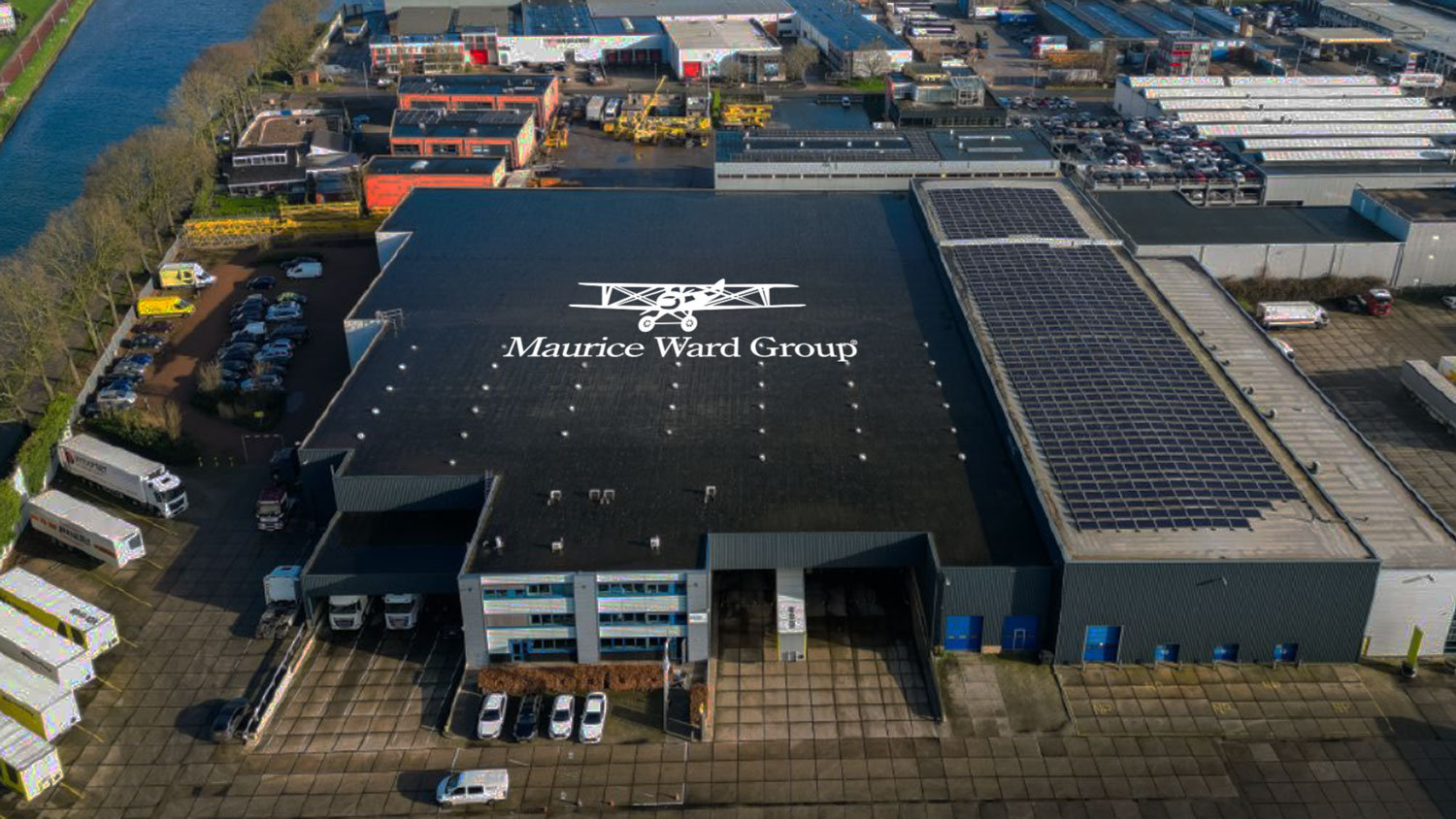New Location Alert – Maurice Ward Athens
We’re excited to share that as of 10th June 2025, Maurice Ward Greece has officially moved to a new office and warehouse! This is a big step forward for us as we continue to grow in the region.
Express Road Shipments: When every minute counts, you can count on us! Start tour >
March 1, 2021
The United Kingdom is no longer part of the internal market and the customs union. However, as a result of the trade agreement, there are no quotas or import tariffs on products that cross the Euro-UK border. There are exceptions to zero rates for goods containing parts that are not made in Europe. That does not mean that trading will run smoothly as before. British and EU member state exporters must take into account product controls, veterinary controls for animal products or racing horses, customs controls and formalities. This hassle increases the chance of longer waiting times at the border. In this regard, the Brexit agreement tries to limit the bureaucracy: the EU and the UK will recognize each other’s “reliable traders”, for whom customs procedures can be a lot simpler and faster.
From now on, VAT must be paid on imported products. Imports of alcoholic drinks and tobacco from the UK are subject to excise duties, including on online purchases. Moreover, goods traded across the Channel must comply with social and environmental measures in the UK and the EU. All this implies that there are quite some consequences for the logistics sector as now customs
procedures will again apply to the import and export of goods. But how can you best deal with these formalities and paperwork? We are happy to help you map out your logistics chains and the influence of customs formalities.
Contact us for further assistance.
For a more in dept overview, click here to read our Brexit Guidance Advisory.
The first ever ‘cargo only’ flight was recorded in November 1910 in the USA, using a Wright Model B aeroplane that flew 65 miles carrying a package of silk. The business owner used the pioneering transport more as a PR stunt to celebrate the opening of his store, with the bundle of silk cut into individual pieces and glued onto souvenir postcards.

We’re excited to share that as of 10th June 2025, Maurice Ward Greece has officially moved to a new office and warehouse! This is a big step forward for us as we continue to grow in the region.

The Maurice Ward Group is once again growing its physical footprint in Europe with the addition of a new warehouse in a strategically important location.

Maurice Ward Croatia is starting an exciting new phase with Matija Sajko as the newly appointed Branch Manager. As a total logistics services provider, this branch offers End-to-End logistics solutions, from the smallest packages to bulk movements, every shipment handled with care.
Maurice Ward Group is the term used to identify collectively all Maurice Ward companies. These companies are each separate legal entities acting for their own risk and account or their principals. They can only bind themselves and the other Maurice Ward entities are not liable for their actions. The use of the term Maurice Ward Group on this website or by any of the other Maurice Ward companies in any document or mean of communication is for practical reasons only.
| Cookie | Duration | Description |
|---|---|---|
| VISITOR_INFO1_LIVE | 5 months 27 days | A cookie set by YouTube to measure bandwidth that determines whether the user gets the new or old player interface. |
| YSC | session | YSC cookie is set by Youtube and is used to track the views of embedded videos on Youtube pages. |
| yt-remote-connected-devices | never | YouTube sets this cookie to store the video preferences of the user using embedded YouTube video. |
| yt-remote-device-id | never | YouTube sets this cookie to store the video preferences of the user using embedded YouTube video. |
| yt.innertube::nextId | never | This cookie, set by YouTube, registers a unique ID to store data on what videos from YouTube the user has seen. |
| yt.innertube::requests | never | This cookie, set by YouTube, registers a unique ID to store data on what videos from YouTube the user has seen. |
| Cookie | Duration | Description |
|---|---|---|
| pll_language | 1 year | The pll _language cookie is used by Polylang to remember the language selected by the user when returning to the website, and also to get the language information when not available in another way. |